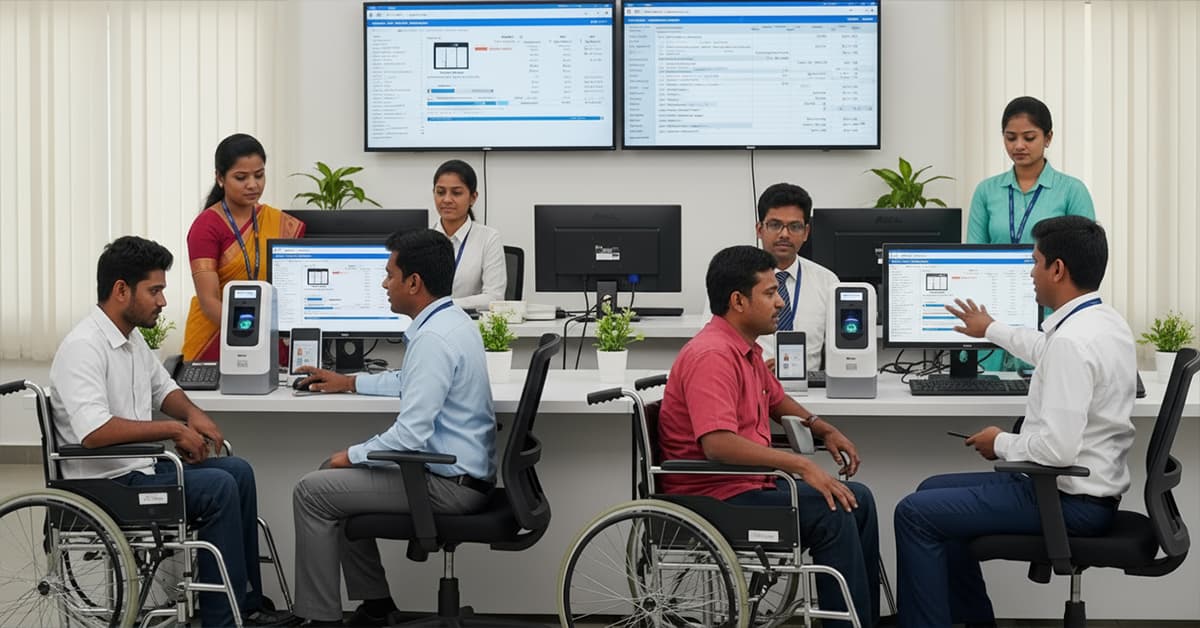When considering the contributors to climate change, images of traffic jams, deforestation, and smoke-belching factories often come to mind. However, the digital realm—specifically, software development—is an increasingly significant factor. The global tech industry is growing rapidly, driven by advancements in artificial intelligence, cloud computing, and IoT devices. This growth demands more data centers, computing power, and energy consumption, leading to a rising carbon footprint.
Estimates suggest that data centers alone account for nearly 1% of global electricity consumption, a number expected to increase as digital adoption accelerates. From heavy server loads to inefficient algorithms, software systems can contribute to energy waste. Yet, these challenges present opportunities: developers and organizations can mitigate their impact by embracing green coding practices.
Green coding focuses on writing and deploying software in ways that minimize resource usage and environmental impact. By adopting sustainable practices, developers can build applications that not only meet user needs but also align with global efforts to combat climate change. Moreover, organizations prioritizing green software development often see benefits like cost savings, streamlined operations, and alignment with environmental regulations.
This blog delves into actionable strategies for green coding—methods that developers, testers, and system architects can integrate into their workflows to foster a more sustainable future. From adopting lean coding principles to choosing energy-efficient programming languages, every step contributes to a greener tech ecosystem.
.jpg)
As the industry continues its rapid evolution, now is the time for developers to take a proactive approach. Sustainable software isn't just good for the planet—it’s a necessity for building a resilient and responsible tech landscape.
1. Adopt Lean Coding Principles
Inspired by the Agile movement, lean coding emphasizes efficiency and simplicity, reducing unnecessary resource consumption. Key principles include:
- Eliminate Waste: Avoid producing features or elements that do not add value.
- Build Quality In: Ensure quality control throughout the development pipeline.
- Defer Commitment: Make decisions based on data to avoid redundant work.
- Fast Delivery: Deploy swiftly, iterating based on user feedback.
- Optimize the Whole: Strive for efficiency across all stages of development.
Lean coding minimizes resource waste, resulting in streamlined, sustainable applications.
2. Switch to Microservices Architecture
Monolithic applications consume significant resources as they scale. A microservices architecture allows applications to be broken into smaller, independent services.
Advantages:
- Independent scalability.
- Improved resource utilization.
- Greater energy efficiency.
Transitioning to microservices enhances flexibility and reduces environmental impact.
3. Leverage Renewable Energy
Software runs on infrastructure, and adopting renewable energy for hosting reduces the carbon footprint.
Actionable Steps:
- Host applications on virtual private servers (VPS) for energy-efficient server use.
- Use cloud-based solutions that run on distributed renewable-powered infrastructure.
- Embrace virtual data rooms for collaboration, minimizing physical storage needs.
4. Prioritize Automation
Automation optimizes processes and reduces energy consumption.
- Automate tasks like spinning up/down environments to avoid resource overuse.
- Use intelligent process automation (IPA) to streamline workflows and reduce redundancies.
- Apply automated testing to identify resource-intensive components early in development.
.jpg)
5. Utilize Efficient Algorithms
Efficient algorithms require less processing power, positively impacting energy use and performance.
- Focus on optimizing memory use and computation time.
- Use algorithms that align with sustainability goals to reduce server load.
6. Eliminate Redundant Code
Streamlined code improves maintainability and reduces resource consumption.
- Regularly review and refactor codebases to remove unnecessary code.
- Use tools to identify and eliminate redundancies.
7. Implement Caching Techniques
Caching reduces the need for repetitive data processing, saving time and energy.
- Employ data caching to minimize database queries.
- Use content delivery networks (CDNs) for faster and energy-efficient content delivery.
8. Choose Green Programming Languages
Certain programming languages are optimized for resource efficiency. Examples include:
- C: Known for low-level resource optimization.
- Go: Designed for scalability and efficiency.
- Haskell: Emphasizes pure functions and resource optimization.
Selecting the right language aligns with green coding objectives.
9. Reduce Unnecessary Dependencies
Dependencies increase software complexity and energy needs.
- Use dependency management tools to identify and remove unnecessary libraries or frameworks.
- Opt for lightweight, efficient solutions whenever possible.
10. Commit to Continuous Testing
Testing during all stages of development identifies resource-heavy components early.
- Conduct regular performance audits.
- Optimize code and processes based on test results to improve efficiency.
Green coding is more than a trend; it's a responsibility for software developers and organizations. By adopting these best practices, you contribute to a sustainable future while optimizing your applications for performance and cost-effectiveness.
Ready to implement these practices? Start by auditing your current processes and setting green coding goals today!










































We will verify and publish your comment soon.